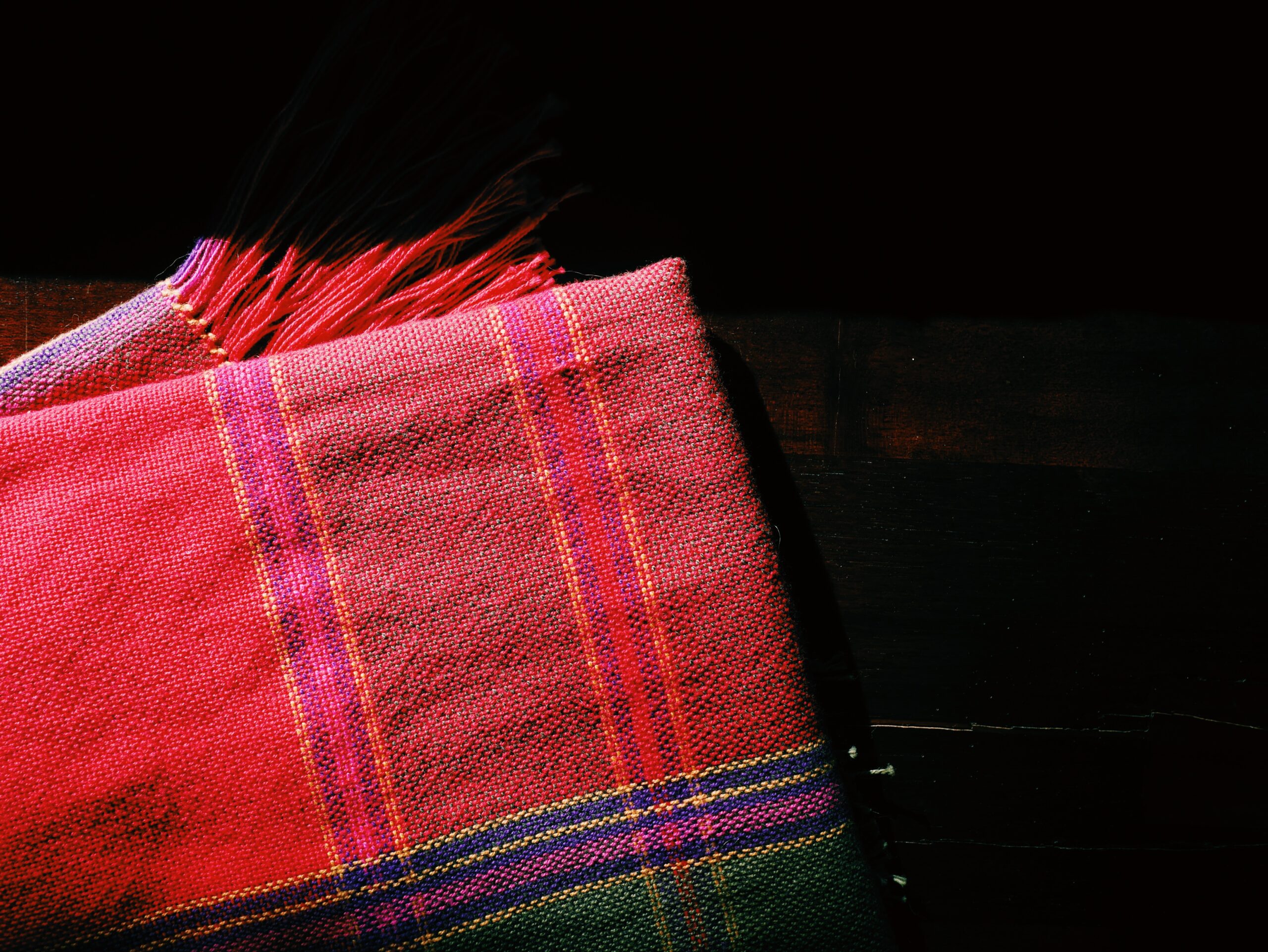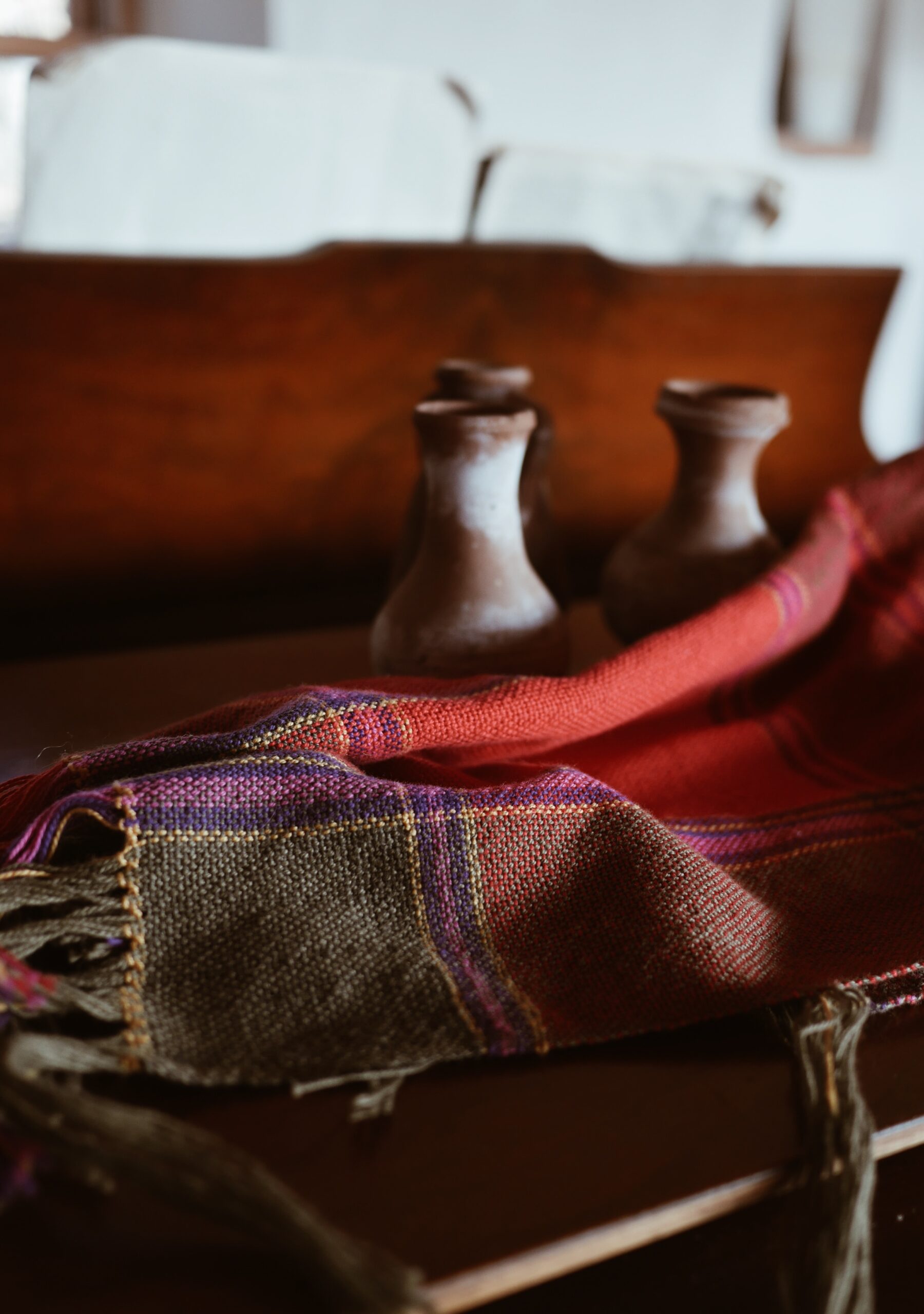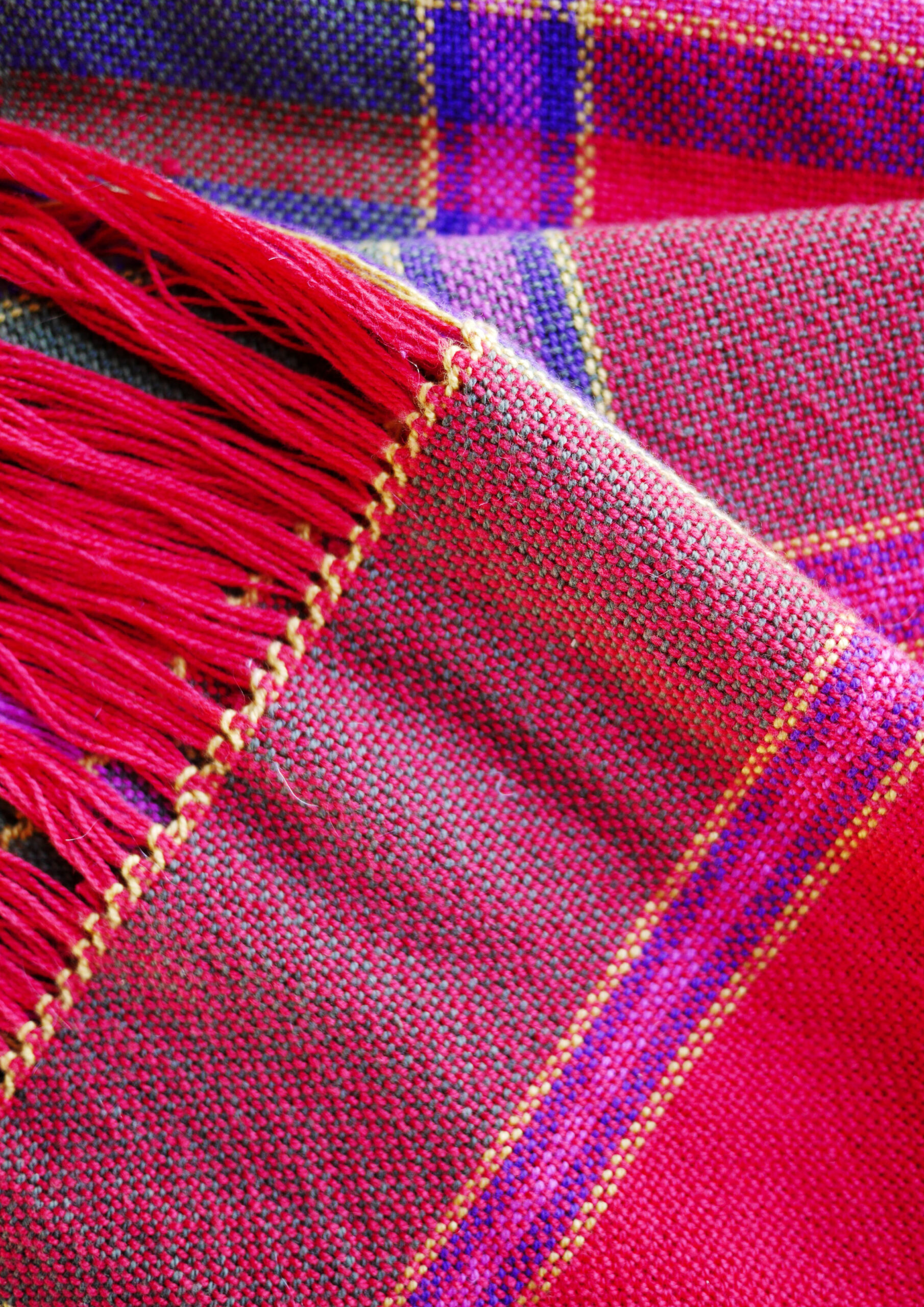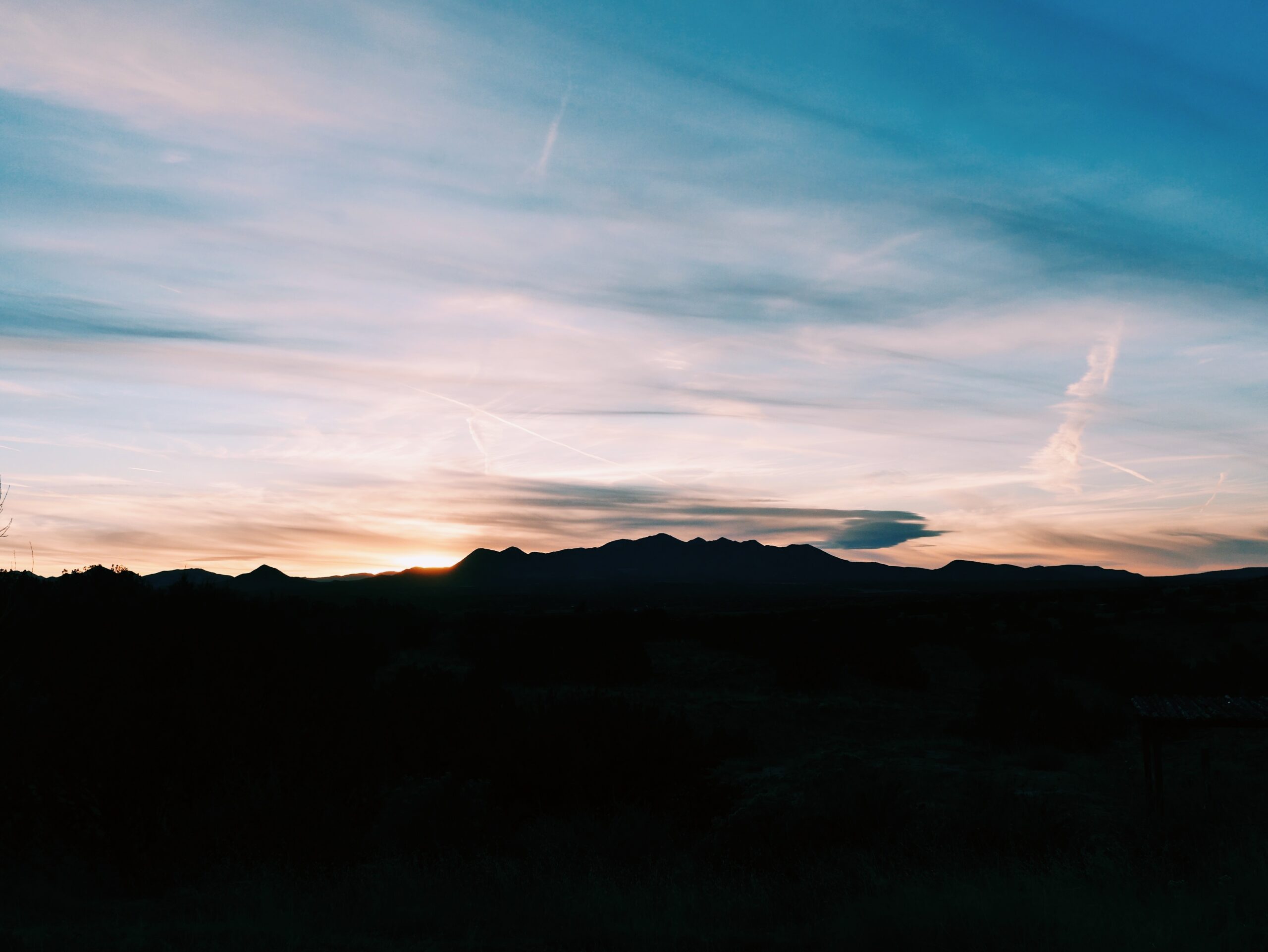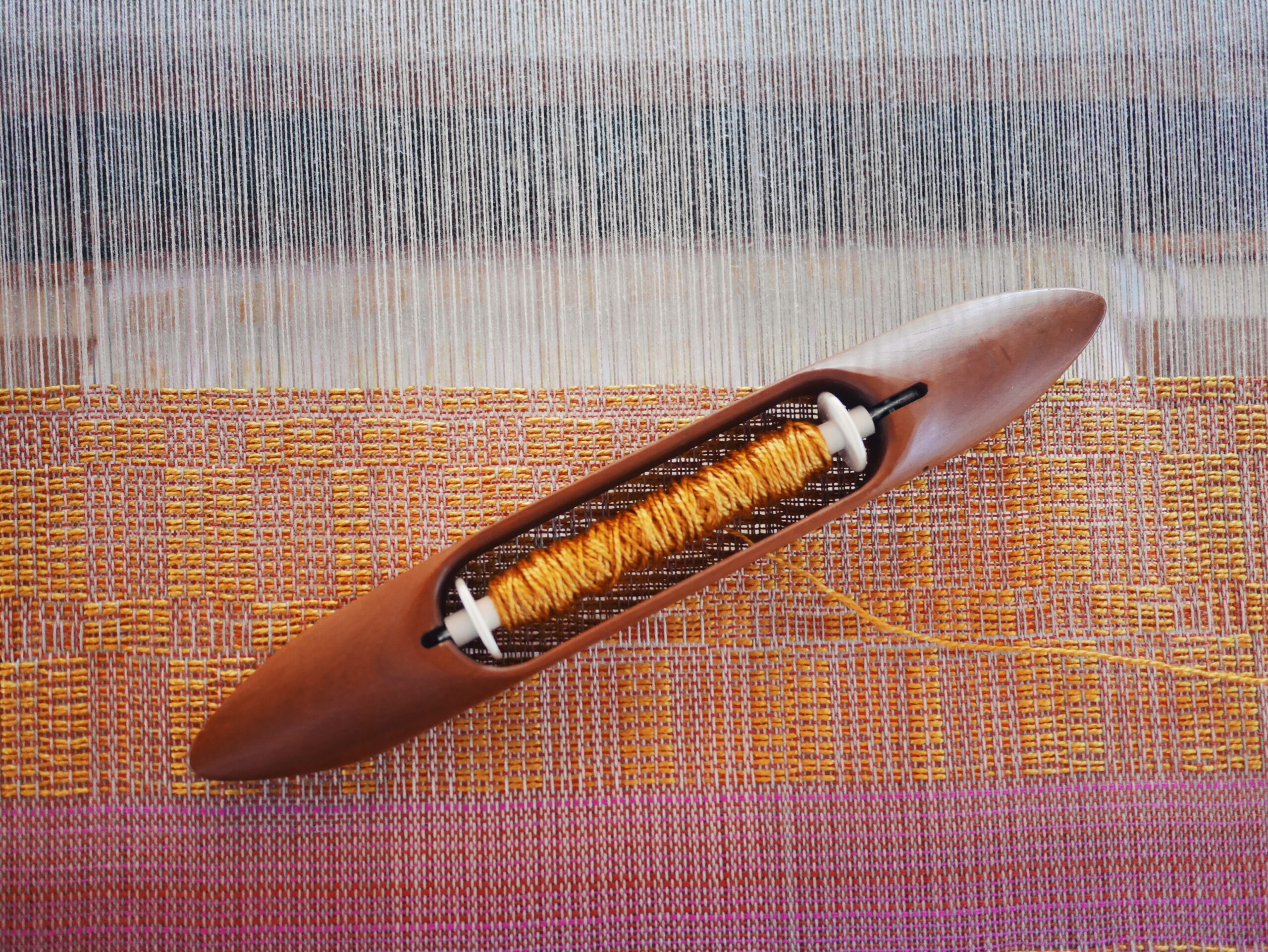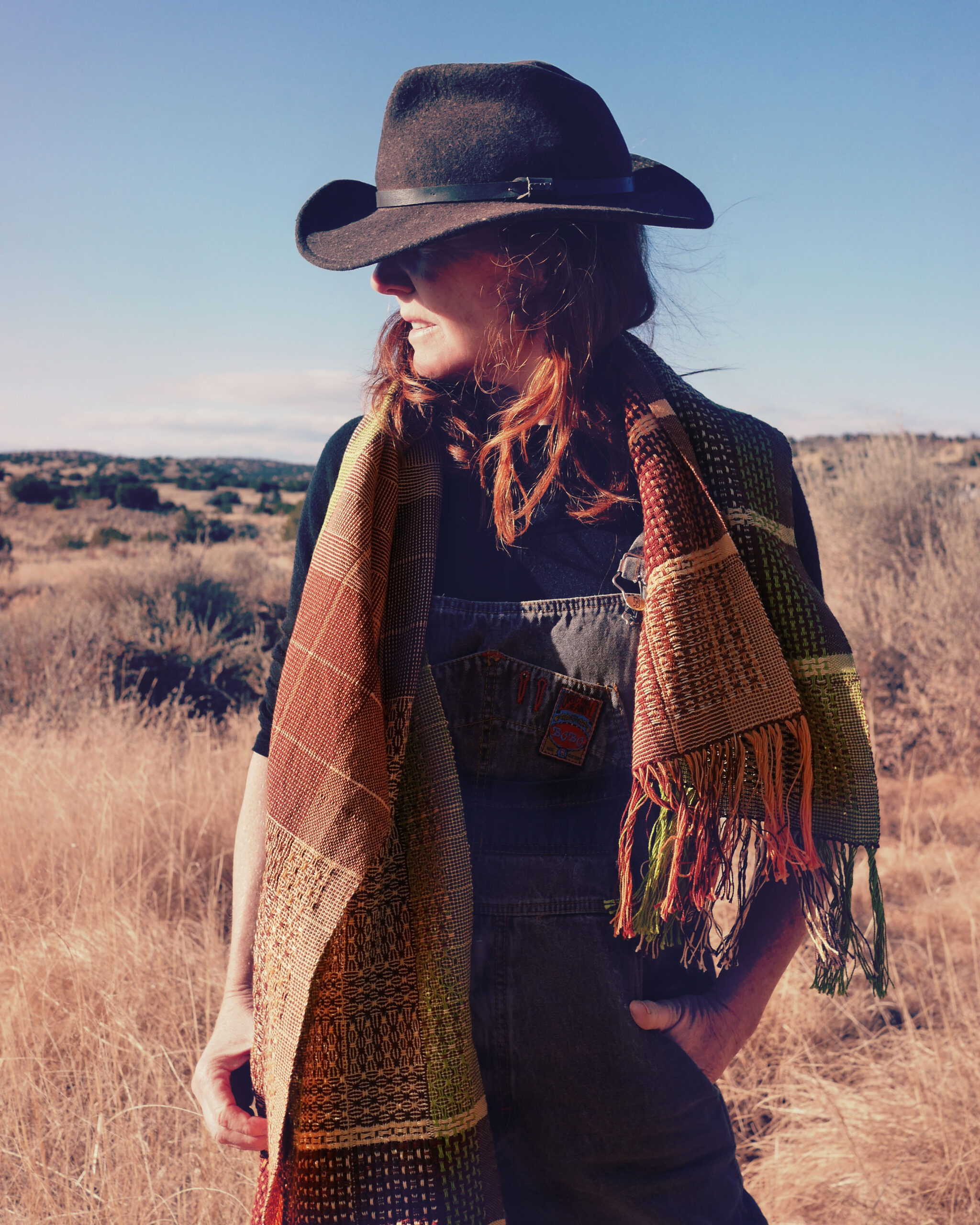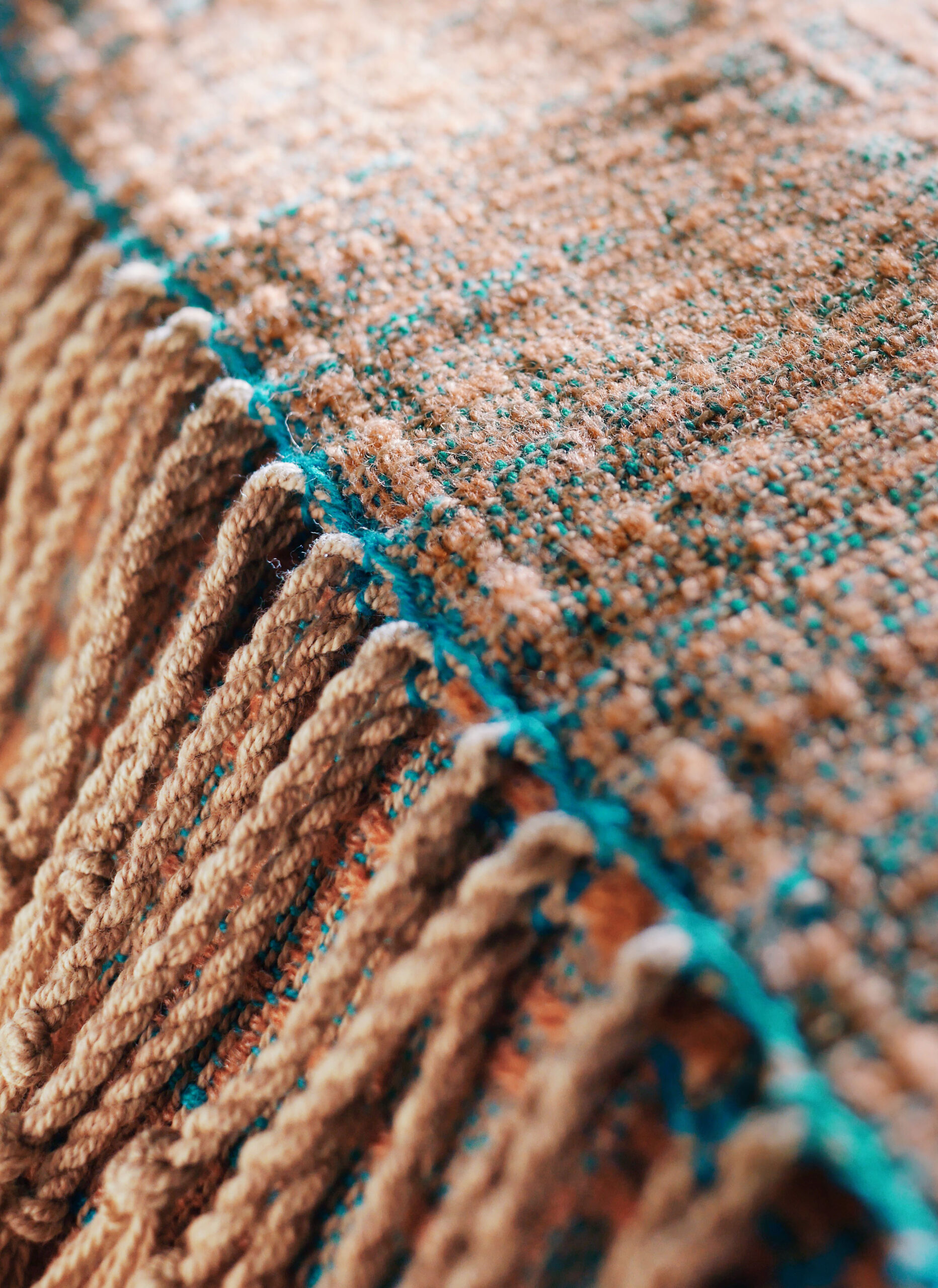
Fire
defined by more than sunlight
The high desert is defined by sunlight. In a western facing window, my loom is aglow at sunset. I won’t dye curtains from logwood, whose blues will fade to gentle grey if exposed too long to sunshine.
The quality of light is famous here, and has a lot to answer for. The mythical Seven Cities of Gold, which lured the Spanish north from Mexico, was likely a trick of the eye: the play of sunbeams on a clifftop pueblo. And after the soldiers came and went, the artists sought the light. I am planning to weave a series inspired by Georgia O’Keefe paintings: whether a horse’s skull, or sky above clouds, or hills near Abiquiu, she was always painting light.
But fire in the desert has other forms too: lightning in the summer monsoon; the pinion scented flame in the winter hearth, or the awful blaze as the Sangre de Cristo Mountains burn, in a dry and gusty May, because a pickup backfired
The stars too are fire in the sheer darkness of the desert night. I am reminded of my Grandmother’s description of Ceylon (now Sri Lanka), which she visited in the 1960’s: ‘You can pluck the stars from the sky.’ In the Galisteo Basin, I pluck the stars on summer nights. And when the winters are too cold for star plucking, I lay a fire in the kiva fireplace. As I sit back down to the loom, the fire’s warmth and flare shrink the night’s black vastness.

